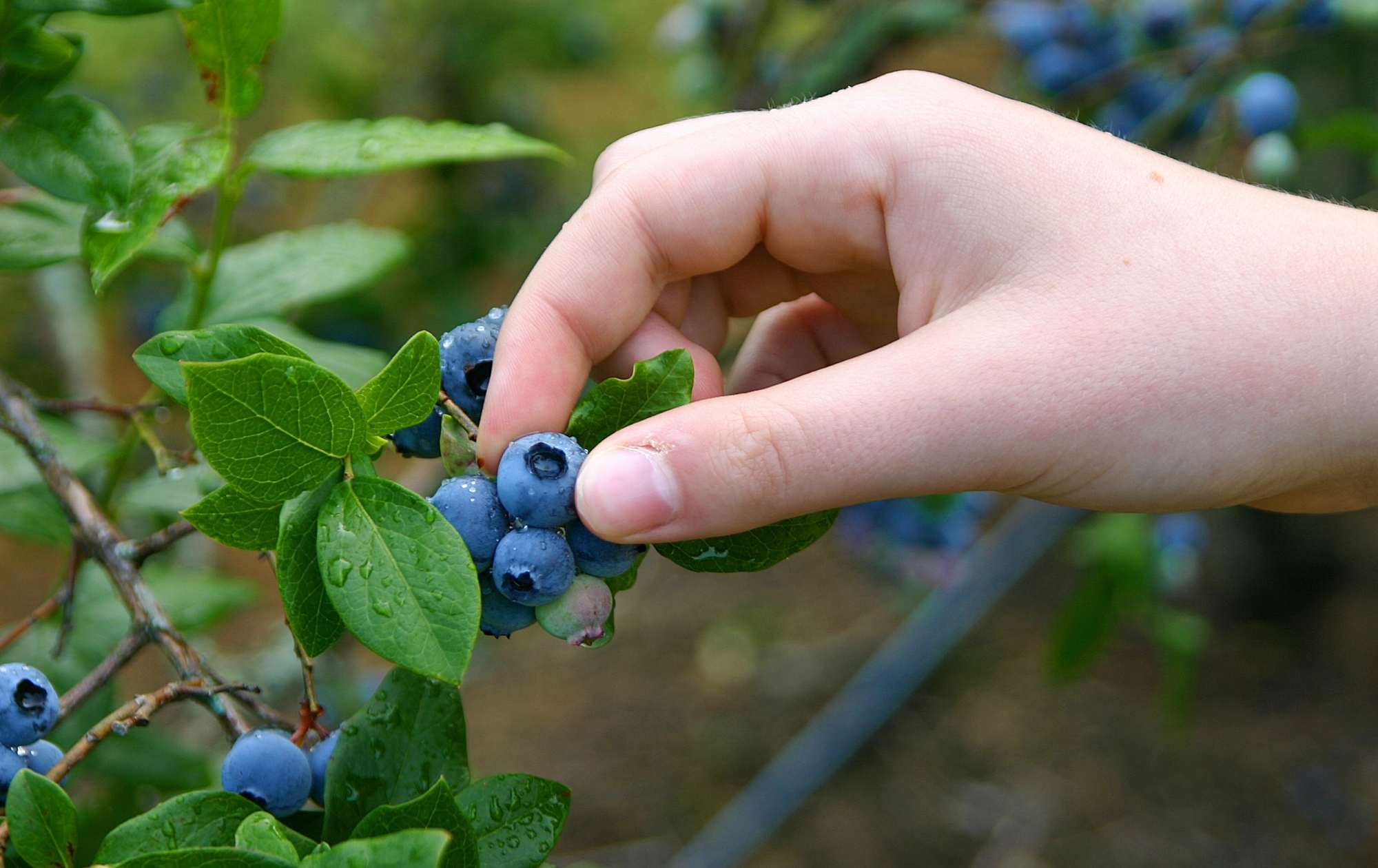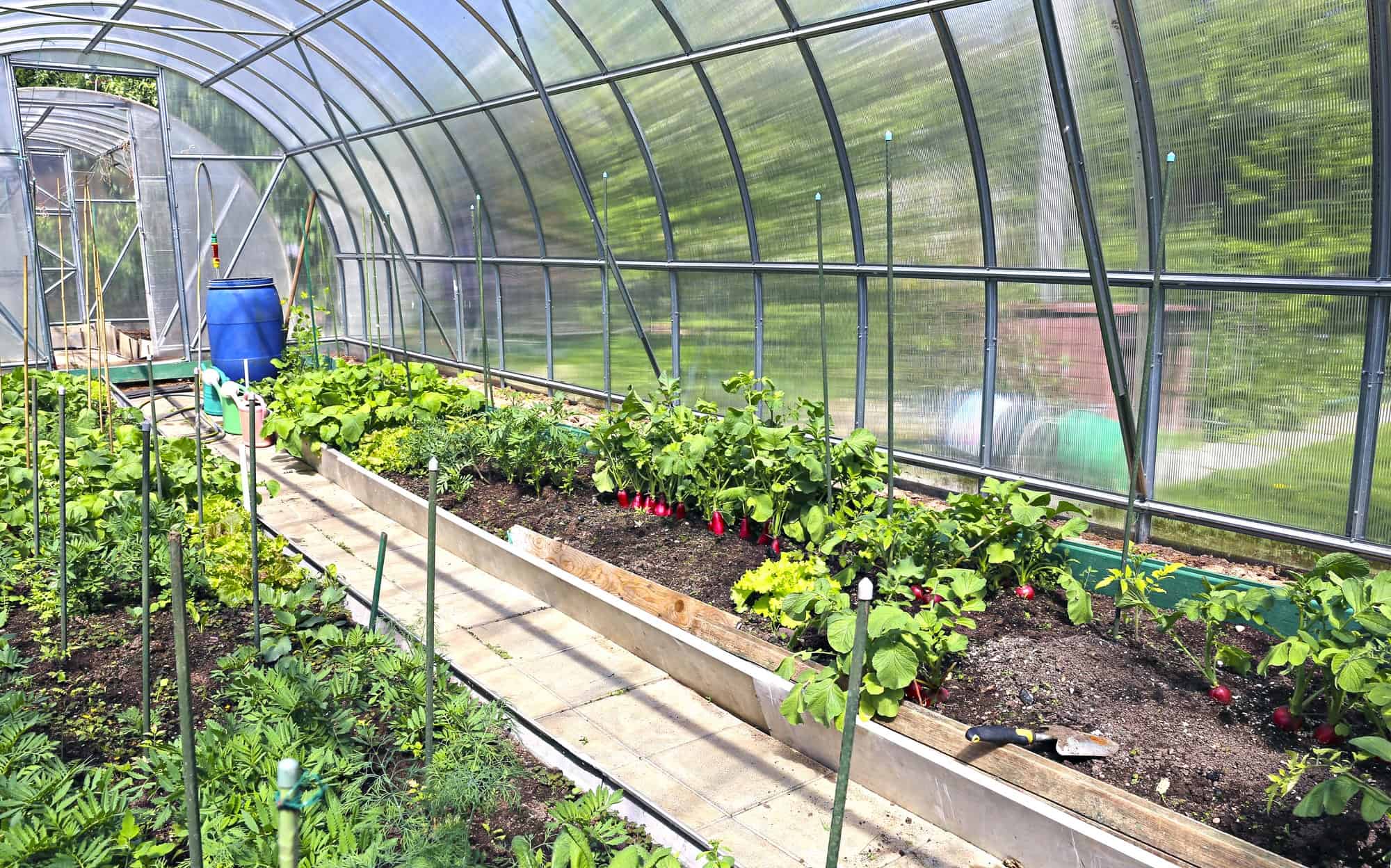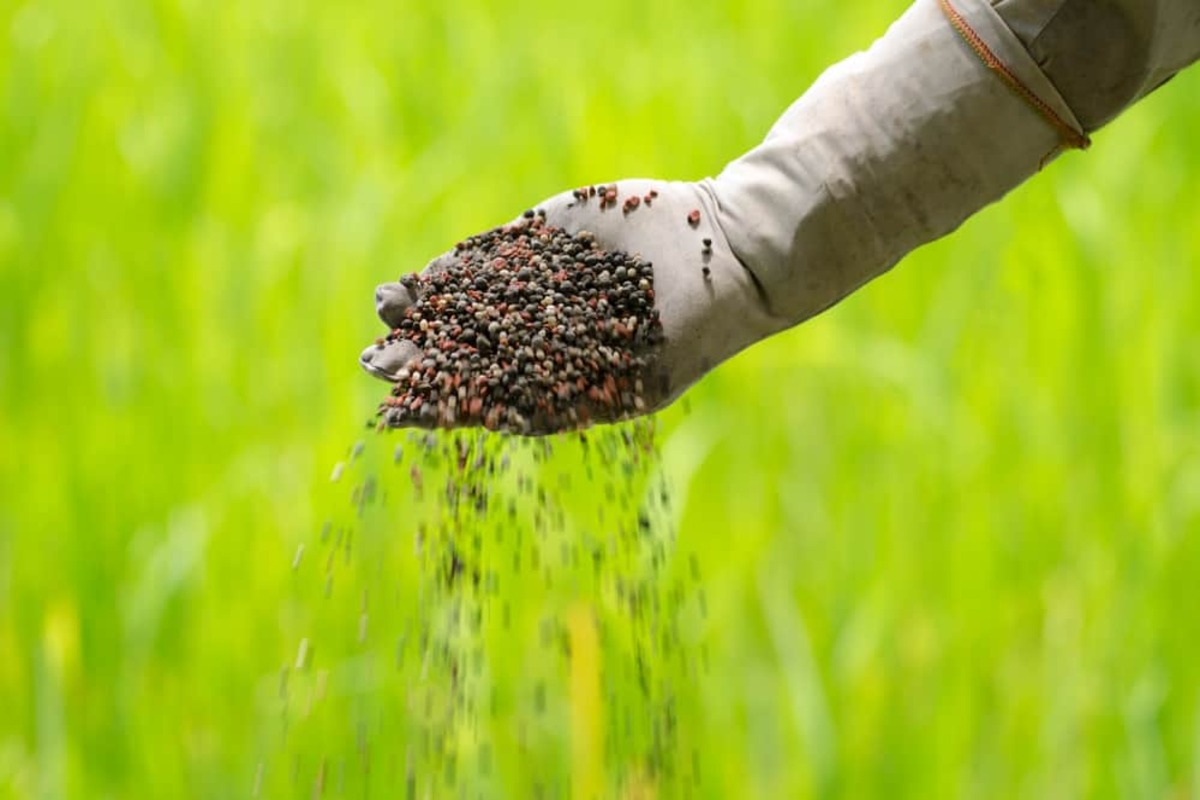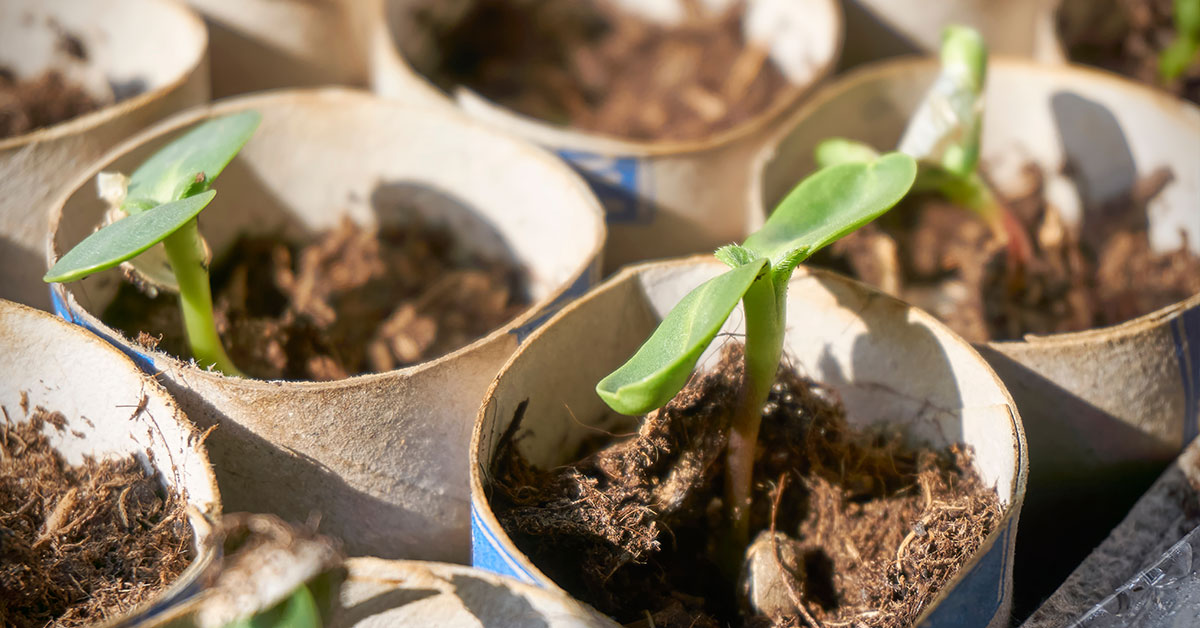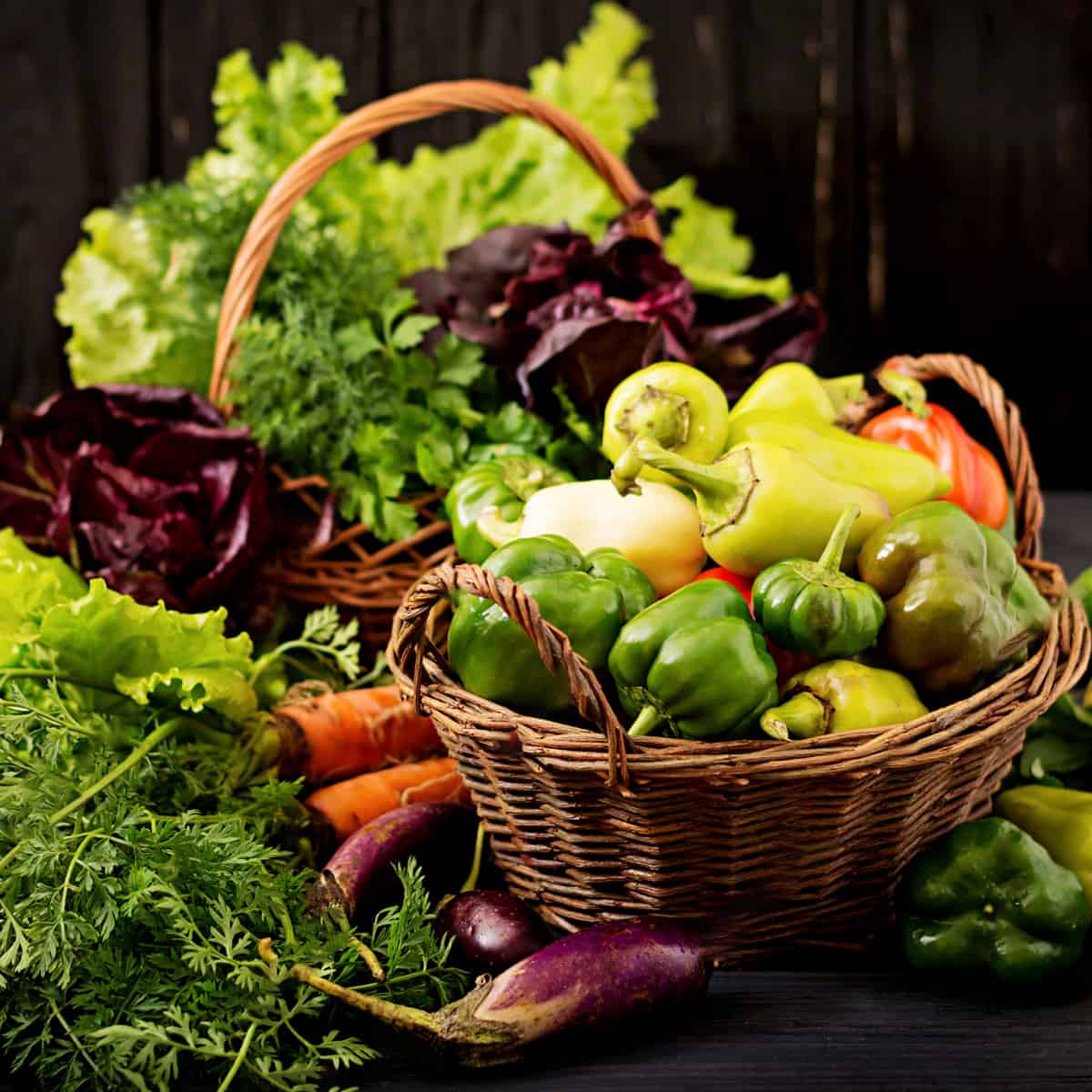Home>Gardening News and Trends>Gardening Trends>How Long Does Plant Propagation Take


Gardening Trends
How Long Does Plant Propagation Take
Published: February 2, 2024
Learn about the latest gardening trends and find out how long plant propagation takes. Discover expert tips and techniques for successful propagation. Elevate your gardening game today!
(Many of the links in this article redirect to a specific reviewed product. Your purchase of these products through affiliate links helps to generate commission for Chicagolandgardening.com, at no extra cost. Learn more)
Table of Contents
Introduction
Understanding the Time Frame of Plant Propagation
Plant propagation is a fascinating aspect of gardening that allows individuals to create new plants from existing ones. Whether through seeds, cuttings, or other methods, the process of propagation brings forth a sense of nurturing and growth. However, one common query that arises among gardening enthusiasts is the duration it takes for plant propagation to yield tangible results. Understanding the factors influencing propagation time and the methods utilized can shed light on this intriguing aspect of horticulture.
The timeline for plant propagation varies significantly based on several factors, including the specific plant species, propagation method, environmental conditions, and individual plant characteristics. By delving into the nuances of these elements, one can gain a deeper appreciation for the art and science of plant propagation. This article aims to explore the intricacies of plant propagation time, providing insights into the diverse timelines associated with different propagation methods and plant species. Additionally, it will offer valuable tips for expediting the propagation process without compromising the health and vigor of the new plants.
As we embark on this exploration, it is essential to recognize the pivotal role that patience plays in the realm of plant propagation. While the duration may vary, the journey of nurturing and witnessing the growth of new plants is a rewarding experience that fosters a profound connection with nature. Join us as we unravel the mysteries of plant propagation time, gaining a deeper understanding of this captivating aspect of gardening.
Factors Affecting Plant Propagation Time
Understanding the Influential Factors
The duration of plant propagation is influenced by a myriad of factors that collectively shape the timeline for the emergence of new plants. Understanding these influential elements is crucial for gardeners seeking to optimize the propagation process and achieve successful outcomes within a reasonable timeframe.
-
Plant Species and Varieties:
The inherent characteristics of plant species and their specific varieties significantly impact propagation time. Some species exhibit rapid growth and readily propagate through various methods, while others may require a longer duration to establish roots and develop into robust plants. Additionally, certain plant varieties may possess inherent traits that affect their propagation speed, such as the presence of natural growth inhibitors or dormancy mechanisms. -
Propagation Method:
The method chosen for plant propagation plays a pivotal role in determining the timeline for successful establishment. Techniques such as seed sowing, stem cuttings, division, layering, and grafting each have distinct timelines associated with them. For instance, propagating plants from seeds generally entails a longer duration compared to vegetative propagation methods like stem cuttings, where the development of roots and shoots occurs more rapidly. -
Environmental Conditions:
The environmental factors surrounding the propagation process exert a profound influence on the time required for successful plant establishment. Variables such as temperature, humidity, light exposure, and soil moisture levels can either expedite or delay the propagation timeline. Optimal environmental conditions, tailored to the specific requirements of the plant species, can significantly enhance the speed of propagation and promote healthy growth. -
Seasonal Variations:
Seasonal fluctuations play a significant role in plant propagation time, particularly for outdoor propagation endeavors. The seasonal cycle directly impacts factors such as temperature, daylight duration, and natural growth rhythms, all of which contribute to the overall timeline for successful propagation. Understanding the seasonal dynamics and adapting propagation efforts accordingly can yield more favorable outcomes within an appropriate timeframe. -
Nutrient Availability and Soil Quality:
The availability of essential nutrients and the overall quality of the propagation medium profoundly impact the speed and vigor of plant propagation. Nutrient-rich soil, supplemented with appropriate organic matter and micronutrients, fosters robust root development and accelerates the establishment of new plants. Conversely, poor soil quality and nutrient deficiencies can impede propagation and prolong the timeline for successful growth. -
Individual Plant Health and Vigor:
The health and vitality of the parent plant, as well as the condition of the plant material used for propagation, directly influence the speed and success of the process. Healthy, disease-free plant material with optimal vigor is more likely to initiate root development and exhibit accelerated growth, expediting the overall propagation timeline.
Understanding and navigating these influential factors empowers gardeners to optimize the conditions for successful plant propagation, ultimately reducing the timeline for the emergence of healthy, thriving plants. By addressing these elements with care and precision, individuals can cultivate a deeper appreciation for the intricate dynamics that govern plant propagation time.
Methods of Plant Propagation
Plant propagation encompasses a diverse array of techniques, each offering unique advantages and timelines for the emergence of new plants. Understanding the distinct methods of propagation equips gardeners with the knowledge to select the most suitable approach based on the specific plant species and desired outcomes. From traditional seed sowing to innovative grafting techniques, the methods of plant propagation encompass a rich tapestry of horticultural practices.
-
Seed Sowing:
One of the most traditional and widely practiced methods, seed sowing entails planting seeds in a suitable propagation medium and providing the necessary environmental conditions for germination and subsequent growth. The propagation timeline for seeds varies significantly based on the plant species, with some seeds germinating within days while others may require weeks or even months to sprout and develop into viable seedlings. -
Stem Cuttings:
Utilized for a diverse range of plants including herbs, ornamentals, and woody shrubs, stem cuttings involve the removal of a section of the parent plant’s stem or branch, which is then encouraged to develop roots and shoots in a conducive medium. This method often yields expedited propagation timelines, with roots forming within weeks for many plant species, leading to the establishment of new, independent plants. -
Division:
Commonly employed for perennial plants such as hostas, daylilies, and ornamental grasses, division involves separating the root mass of a mature plant into distinct sections, each capable of independent growth. The timeline for successful division propagation varies based on the resilience and growth rate of the specific plant species, with some divisions establishing quickly while others may require a more extended period to flourish. -
Layering:
Layering is a method where a portion of a plant’s stem or branch is induced to produce roots while still attached to the parent plant, facilitating the creation of new individual plants. The timeline for layering propagation depends on the plant species and the efficacy of the layering technique employed, with some plants forming roots within a few weeks, while others may necessitate a more prolonged period to establish viable root systems. -
Grafting:
Grafting involves joining the tissues of two distinct plants to create a composite organism with desirable traits, such as disease resistance or improved fruiting characteristics. The propagation timeline for grafted plants varies based on the compatibility of the graft union and the subsequent development of the integrated plant, with timelines ranging from several weeks to months before the grafted plant demonstrates robust growth.
Each method of plant propagation presents a unique timeline and set of considerations, offering gardeners a diverse toolkit for expanding their plant collections and cultivating new varieties. By leveraging these methods in accordance with the specific requirements of different plant species, individuals can embark on a journey of nurturing and propagating an extensive array of plants, each with its own captivating timeline for growth and fruition.
Propagation Time for Different Plant Species
The propagation time for distinct plant species varies widely, encompassing a spectrum of timelines influenced by inherent growth characteristics, propagation methods, and environmental factors. Understanding the diverse timelines associated with different plant species is essential for gardeners seeking to embark on propagation endeavors with clarity and informed expectations. Let’s explore the propagation timelines for various plant species, shedding light on the intriguing dynamics that govern the emergence of new plants.
-
Annual Flowers and Vegetables:
Many annual flowers and vegetables exhibit relatively rapid propagation timelines, with seeds germinating within days to weeks under optimal conditions. Plants such as marigolds, zinnias, and lettuce often demonstrate swift growth from seedlings to mature plants, making them ideal candidates for gardeners seeking expedited propagation gratification.
-
Perennials:
The propagation timelines for perennial plants vary widely based on the specific species and the chosen propagation method. While some perennials, such as rudbeckia and coreopsis, readily establish from seeds within a few weeks, others may require longer durations for successful propagation through methods like division or stem cuttings.
-
Woody Shrubs and Trees:
Woody shrubs and trees often entail longer propagation timelines compared to herbaceous plants, owing to their robust and enduring growth characteristics. Propagation methods such as stem cuttings and grafting may yield viable plants within several months, while seed propagation for woody species can necessitate a longer period before the emergence of established seedlings.
-
Houseplants:
The propagation timelines for houseplants vary based on the specific species and the chosen propagation method. Many common houseplants, including pothos, spider plants, and philodendrons, exhibit rapid propagation through stem cuttings, with roots forming within a few weeks. Conversely, some houseplants may require more extended durations to establish roots and transition into independent plants.
-
Fruit-Bearing Plants:
Fruit-bearing plants encompass a diverse array of propagation timelines, with factors such as graft compatibility, seed germination rates, and vegetative propagation methods influencing the overall duration. While some fruit trees may require several years to bear fruit from seed propagation, grafted fruit trees can exhibit accelerated growth and fruiting within a few years of successful graft union formation.
By recognizing the varied propagation timelines across different plant species, gardeners can approach their propagation endeavors with a nuanced understanding of the time frames involved. This awareness enables individuals to tailor their propagation strategies to align with the specific requirements and timelines of each plant species, fostering successful and gratifying propagation experiences.
Tips for Speeding Up Plant Propagation
Efficiently expediting the propagation process is a goal shared by many gardeners, offering the prospect of witnessing the growth and establishment of new plants within an accelerated timeframe. While the inherent timelines associated with different plant species and propagation methods are influenced by natural factors, several strategies can be employed to enhance the speed and success of plant propagation endeavors. By implementing these tips, gardeners can cultivate an environment conducive to rapid and robust plant establishment, enriching their horticultural pursuits with expedited propagation gratification.
-
Optimal Environmental Conditions:
Creating an environment tailored to the specific requirements of the plant species being propagated can significantly accelerate the establishment of new plants. Providing ideal temperature, humidity, light exposure, and soil moisture levels fosters favorable conditions for rapid root development and overall plant growth. -
Enhanced Propagation Medium:
Utilizing a high-quality propagation medium enriched with essential nutrients and conducive to root development can expedite the establishment of new plants. Well-draining, nutrient-rich soil or specialized propagation substrates provide an ideal foundation for rapid and vigorous root formation, contributing to shortened propagation timelines. -
Application of Rooting Hormones:
Incorporating rooting hormones, available in various formulations, can stimulate the initiation of root development in plant cuttings, hastening the propagation process. These hormones promote the efficient generation of roots, leading to accelerated establishment and subsequent growth of propagated plants. -
Strategic Timing and Seasonal Considerations:
Aligning propagation efforts with optimal timing, such as initiating propagation during periods of active growth or seasonal transitions, can enhance the speed of plant establishment. Understanding the seasonal dynamics and growth patterns of specific plant species empowers gardeners to capitalize on natural growth rhythms for expedited propagation success. -
Meticulous Plant Care:
Providing attentive care and maintenance to propagated plants, including consistent watering, appropriate fertilization, and vigilant pest and disease management, supports rapid and robust growth. Healthy, well-nurtured plants are more likely to exhibit accelerated propagation timelines, reflecting the positive impact of meticulous plant care on the overall process. -
Utilization of Propagation Heat Mats:
Incorporating propagation heat mats, designed to maintain optimal root-zone temperatures, can expedite the rooting process for cuttings and seeds. These specialized mats create a warm, nurturing environment that accelerates root development, contributing to swifter establishment and growth of propagated plants.
By integrating these tips into their propagation practices, gardeners can harness the potential for expediting the establishment of new plants, fostering a sense of accomplishment and gratification as they witness the rapid growth and vitality of propagated specimens. Embracing these strategies empowers individuals to cultivate thriving plant collections within condensed timelines, enriching their gardening experiences with the rewards of accelerated propagation success.
Conclusion
The realm of plant propagation encompasses a rich tapestry of timelines, methods, and influential factors that collectively shape the journey of nurturing new plants. From the rapid emergence of annual flowers to the enduring growth of woody shrubs and trees, the propagation process unfolds with a diverse array of timelines, each influenced by the inherent characteristics of plant species and the strategic application of propagation methods. As gardeners navigate this captivating domain, understanding the influential factors and leveraging effective strategies empowers them to optimize propagation timelines and cultivate thriving plant collections within expedited timeframes.
By delving into the influential factors affecting propagation time, including plant species, propagation methods, environmental conditions, and seasonal dynamics, gardeners gain a nuanced understanding of the intricate dynamics governing the speed and success of plant propagation. This awareness enables individuals to tailor their propagation approaches to align with the specific requirements of different plant species, fostering accelerated growth and establishment.
Furthermore, the exploration of diverse propagation methods, from traditional seed sowing to innovative grafting techniques, enriches the horticultural repertoire of gardeners, offering a diverse toolkit for expanding plant collections and cultivating new varieties. Each method presents unique timelines and considerations, contributing to the mosaic of propagation experiences that captivate and inspire individuals on their gardening journeys.
As gardeners seek to expedite propagation timelines, the implementation of strategic tips, such as optimizing environmental conditions, enhancing propagation mediums, and utilizing rooting hormones, empowers them to create an environment conducive to rapid and robust plant establishment. These proactive measures, coupled with meticulous plant care and seasonal considerations, amplify the potential for accelerated propagation success, fostering a sense of accomplishment and gratification as new plants flourish within condensed timelines.
In essence, the art and science of plant propagation intertwine with the rhythms of nature, inviting individuals to embark on a journey of growth, patience, and discovery. Through the deliberate application of knowledge, care, and ingenuity, gardeners cultivate a deeper connection with the natural world, nurturing the emergence of new life within the captivating tapestry of propagation timelines.
As we embrace the multifaceted dimensions of plant propagation, we celebrate the artistry of nurturing, the resilience of plant life, and the timeless allure of witnessing new growth take root and flourish. With each propagated plant that thrives within an expedited timeframe, gardeners affirm their role as stewards of growth and guardians of botanical legacies, perpetuating the timeless tradition of propagation with reverence, passion, and unwavering dedication.
